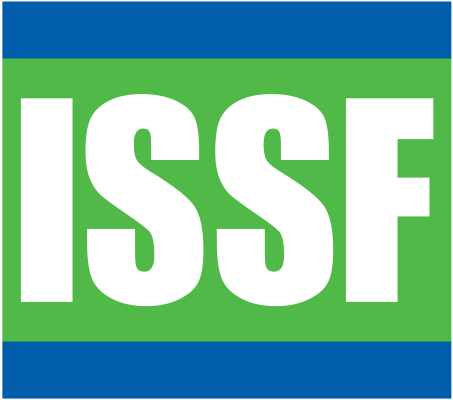Seabird Bycatch Mitigation Measures
All five tuna RFMOs have established requirements for longline fishing vessels to use a combination of bycatch reduction measures in areas overlapping with albatross and petrel distribution to reduce the number of birds killed accidentally as bycatch.
The simultaneous use of different seabird bycatch mitigation measures (e.g., weighted branch lines, bird-scaring lines, night setting, and others) depending on the ocean/region is considered best practice and is the most effective approach to mitigate seabird bycatch in pelagic longline fisheries (ACAP, 2021; Løkkeborg, 2011).
Latitude Considerations
In addition to helping to reduce the bycatch of seabirds, these techniques can also help to minimize bait loss and ensure that baited hooks are available to the target species. In higher latitudes of the southern Indian (25ºS), southern Atlantic (25ºS) and SW Pacific oceans (30ºS), longline vessels must use two of the following seabird bycatch mitigation measures:
- Bird-scaring lines (also known as streamer lines or tori lines) —consisting of a line with streamers, towed as a scaring device over the area behind a vessel where sinking baited hooks are within range of diving seabirds, and attached to a tori pole (boom) at the vessel’s stern
- Weighted branchlines. When weight is added close to the hook on a branchline, the baited hook sinks faster and reduces the time that seabirds can access it.
- Night setting. Setting all hooks between nautical dusk and nautical dawn avoids birds’ feeding activity on baited lines.
ICCAT
Moreover, in ICCAT, longline vessels are also required to use a bird-scaring line between 20ºS and 25ºS. And in the WCPFC, longline vessels can use a hook-shielding device south of 30°S instead of two of the above measures. In the WCPFC, between 25ºS and 30ºS, longline vessels must use one of the following seabird bycatch mitigation measures: (i) weighted branch lines; (ii) tori lines; or (iii) hook-shielding devices.
WCPFC and IATTC
North of 23ºN in the Western Pacific Ocean (WCPFC) and north of 23ºN and south of 30ºS in the Eastern Pacific area (IATTC), longline vessels must also use two seabird bycatch mitigation measures from a wider selection that includes side-setting with bird curtains, night setting with minimum deck lighting, bird-scaring lines, weighted branch lines, hook-shielding devices (from which at least one should be used) and blue-dyed bait, offal management, underwater setting chute and line shooter.
Avoiding certain areas (possibly at certain times) is also a potential strategy for avoiding the incidental capture of seabirds.
ACAP and ISSF Advice
Moreover, the Agreement for the Conservation of Albatrosses and Petrels (ACAP) publishes up-to-date Best Practice Seabird Bycatch Mitigation advice based on the latest scientific data. This information is used to inform the tuna RFMOs on what mitigation measures should be adopted.
ISSF recommends simultaneously using the three mitigation measures described above as best practice to reduce seabird bycatch, or using hook-shielding devices or an underwater baiting setting device as a standalone measure.
In the following sections, these seabird mitigation best practices as well as other possible mitigation measures are described in more detail.

